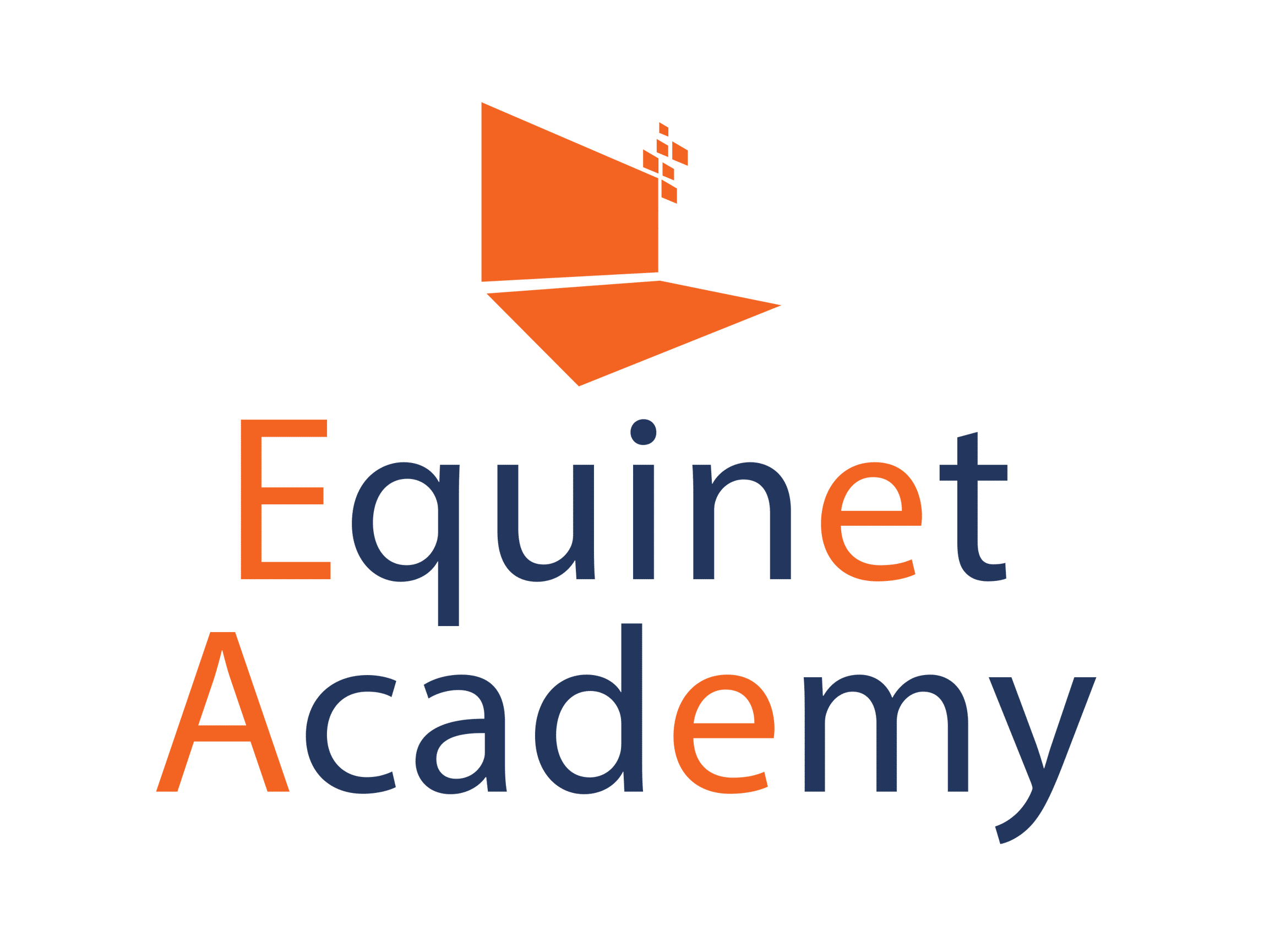Shoot and Edit Visual Content with Just Your Smartphone
Course Description
This course equips learners with the technical, creative, and workflow skills required to produce professional mobile photography and videography using smartphones. Through a structured curriculum, learners will explore mobile camera capabilities, apply storytelling and compositional techniques, and develop editing proficiency using accessible mobile tools.
The course covers the entire production lifecycle from planning and capture to editing and final delivery, preparing learners to create platform-ready visual content for commercial, social, or brand communication purposes.
Pre-requisites
A smartphone (iPhone or Android) with a functioning camera and enough storage space for apps and media. A basic familiarity with their phone’s operation (installing apps, navigating menus) is assumed.
Target Audience
Marketing Professionals, Social Media Managers, Content Creators, Influencers, Entrepreneurs, Educators, Event Planners, Small Business Owners, Hobbyist Photographers, and anyone who wants to create professional visual content using their smartphone.
Course Highlights
In this Mobile Photography and Videography course, trainees will learn:
- How to analyse smartphone camera capabilities and apply visual composition techniques for impactful photos and videos
- Plan and capture mobile video content using structured shot lists, cinematic movements, and audio recording methods
- Apply lighting techniques to enhance mood, clarity, and storytelling in both photography and videography
- How to edit photos and videos using mobile apps, applying colour correction, filters, and branding elements
- Create cohesive multimedia content with consistent style aligned to platform specifications and audience needs
- Manage content workflows including version control, file organisation, and publishing standards
- How to package and deliver final creative assets ready for social media, web, or commercial deployment
- Gain hands-on experience through live shooting, editing exercises, and peer feedback sessions
Course Objectives
By the end of this course, you will be able to:
- Analyse mobile camera capabilities and apply compositional principles to create impactful visuals
- Plan and capture short form video content using structured shot lists and technical controls
- Apply stabilisation, motion, and audio techniques to improve footage quality
- Edit photos and videos using mobile apps with consistent visual style and storytelling structure
- Export multimedia assets based on platform specifications and audience needs
- Finalise and deliver content aligned with branding, technical, and creative requirements
Certification
A Certification of Completion by Equinet Academy will be awarded to candidates who have demonstrated competency in the Mobile Smart Phone (iPhone and Android) Photography and Videography course assessment and achieved at least 75% attendance.

Course Outline
Introduction
Instructor-Led | Mode of Delivery (Lecture & Illustration, Demonstration & Practical Application, Feedback Session)
Learning outcome: Understand the overview of the course content, assessment requirements, deliverables and set the tone for the next two days
- Icebreaker – “Share-a-photo” activity – learners share one photo from their phone; sharing examples of inspiring mobile photos & videos
- The role of mobile photography in today’s digital landscape (social media, marketing, personal branding).
- The Power in Your Pocket – Overview of modern smartphone camera capabilities (sensors, computational photography, HDR). – show examples smart phone capabilities
- The Core Objective – It’s not about the gear; it’s about the eye, the plan, and the story. Set the tone for the class
Camera Handling (Controls & Functions)
Instructor-Led | Mode of Delivery (Lecture & Illustration, Demonstration & Practical Application, Feedback Session)
Learning outcome: Analyse mobile camera functions, limitations and opportunities
- Camera App Archaeology – Guided tour of the native Camera app on both iOS and Android
- Understanding sensors, lenses, and mobile camera limitations
- iPhone vs Android – Key differences in camera systems and capabilities
- Camera app navigation – Native apps vs third-party alternatives
- Essential settings – Resolution, format selection (HEIF vs JPEG), grid lines
- Device setup – Optimizing camera settings for both platforms
- Hands-on exploration – Multi-lens systems (wide, ultra-wide, telephoto, macro)
- Manual controls – Focus, exposure, ISO, shutter speed, white balance, temperatur
- File formats (JPEG, HEIC, RAW, MP4, 4K video)
- Night mode, portrait mode, pro/manual modes – exploration of the key controls
Lighting & Composition
Instructor-Led | Mode of Delivery (Lecture & Illustration, Demonstration & Practical Application, Feedback Session)
Learning outcome: Understand and implement good lighting techniques when shooting
- The psychology of good images storytelling through visuals
- Composition principles
- Rule of thirds, leading lines, framing, depth, negative space
- Angles and perspectives (eye-level, high angle, low angle)
- Mobile lighting techniques – Natural vs. artificial light.
- Golden hour & blue hour shooting.
- Singapore’s tropical lighting – Dealing with harsh sunlight and humidity
- Using reflectors and bounce cards (low-cost tools)
- Low-light photography – Night mode and manual exposure techniques
- Mixed lighting scenarios – Balancing multiple light sources
- Negative space – Minimalist approaches to powerful imagery
- Cultural considerations – Composition preferences in Asian vs Western aesthetics
Photo Editing Mastery
Instructor-Led | Mode of Delivery (Lecture & Illustration, Demonstration & Practical Application, Feedback Session)
Learning outcome: Utilise mobile-friendly tools to enhance photographs
The Editing Workflow: Import > Primary Corrections > Creative Adjustments > Export.
- Introduction to editing apps (Snapseed, Lightroom Mobile, VSCO)
- Editing workflow – crop, straighten, exposure, contrast, highlights/shadows
- Color grading – Temperature, tint, HSL adjustments
- Local adjustments – Masking, radial filters, and selective editing
- Colour correction – filters vs. manual adjustments
- Color theory basics – Understanding RGB, saturation, and vibrancy
- Presets and filters – When to use and when to avoid
- RAW vs JPEG editing capabilities
- Portrait retouching – Skin smoothing, teeth whitening, eye enhancement
- Landscape enhancement – Sky replacement, clarity adjustments
- Creative effects – Double exposure, long exposure simulation
Video Content – Creative Direction, Storytelling & Planning
Instructor-Led | Mode of Delivery (Lecture & Illustration, Demonstration & Practical Application, Feedback Session)
Learning outcome: Craft an excellent content plan including a storyboard
- Shot Planning & Storyboarding for Short Videos
- Storytelling principles: Beginning, middle, end structure for short-form content
- Why planning matters – efficiency & creative direction
- Types of short-form content (tutorial, lifestyle, promo, testimonial)
- Storyboarding templates (simple sketches & shot lists)
- The 3-Shot Sequence
Mobile Videography Fundamentals – Shooting Techniques
Instructor-Led | Mode of Delivery (Lecture & Illustration, Demonstration & Practical Application, Feedback Session)
Learning outcome: Utilise common hand-held mobile filming techniques
- Shooting Techniques – Handheld & Stabilized Video
- Body positioning – Proper stance and breathing for handheld shooting
- Movement techniques – Smooth pans, tilts, and walking shots (Pan, tilt, zoom basics)
- Equipment options – Gimbals, tripods, shoulder rigs for mobile devices, Optical vs electronic vs mechanical stabilization
- Handheld stability drills – Exercises to improve natural stability
- Movement exercises – Creating smooth camera movements
- Tracking shots – Following subjects while maintaining focus
- The Magic of B-Roll – Footage that shows context, detail, and emotion. This is the secret sauce of professional video.
- Video basics – Frame rates, resolution, aspect ratios for different platforms
- Shot types and angles – Wide, medium, close-up, establishing shots
Day 01 Recap – Content Plan & Storyboard Review
Instructor-Led | Mode of Delivery (Lecture & Illustration, Demonstration & Practical Application, Feedback Session)
Learning outcome: Finalise storyboard
Audio
Instructor-Led | Mode of Delivery (Lecture & Illustration, Demonstration & Practical Application, Feedback Session)
Learning outcome: Record clean, professional audio for video
- Why Bad Audio Kills Good Video: The psychology of sound
- Microphone Types: On-board, lavalier, shotgun. When to use what – Built-in microphone tests – Optimal positioning and distance
- Recording Clean Audio: Tips for minimizing wind, echo and handling background noise
- Mobile audio limitations: Built-in microphone challenges and solutions
- Sync considerations: Ensuring audio-video synchronization
- Built-in microphone tests: Optimal positioning and distance
- Interview techniques: Two-person dialogue recording
- Music and sound effects: Sourcing and incorporating background audio
- Audio monitoring: Using headphones and audio level checking
Video Editing Mastery
Instructor-Led | Mode of Delivery (Lecture & Illustration, Demonstration & Practical Application, Feedback Session)
Learning outcome: Edit video and audio footage on a mobile smart phone
Editing workflow: Import, organize, edit, color, audio, export process
- Introduction to video editing apps (CapCut, InShot, VN, iMovie)
- Basic editing – Cutting, trimming, and sequencing clips
- Transitions & pacing – Cuts, dissolves, and creative transitions
- Text and graphics – Adding titles, captions, and overlay elements
- Adding Audio – background music, voiceovers, volume balancing
- Colour correction for video
- Effect application – Filters, speed adjustments, and special effects
- The Rough Cut – Assembling the primary shots (A-roll) according to the storyboard
- The Polish – Adding B-roll, transitions, and music
- Review & Refine – Playing back the timeline and making final adjustments
Exporting / optimising for social media upload
Instructor-Led | Mode of Delivery (Lecture & Illustration, Demonstration & Practical Application, Feedback Session)
Learning outcome: Export final media file, optimize for upload to social media apps
- Best practices for exporting
- Resolutions (e.g., 1080p for Instagram), file formats, and platform optimizations (e.g., vertical for TikTok).
- Discuss content packaging (captions, hashtags) and delivery ethics (e.g., crediting sources)
- Understanding different social media aspect ratios (e.g., 9:16 for Reels/TikTok, 1:1 for Instagram posts). The critical difference between resolution, file size, and quality.
Learner showcase (assessment) + Conclusion
Instructor-Led | Mode of Delivery (Lecture & Illustration, Demonstration & Practical Application, Feedback Session)
Learning outcome: Export final media file, optimize for upload to social media apps
- Critique session
- Share best images
- Share 30 second video clip
- Feedback and sharing
Trainers

Marc Chitran is a seasoned designer, skilled in both traditional and modern design disciplines. His experience encompasses interior, industrial, and furniture design, as well as UX/UI, interaction, and graphic design, including branding and illustration. This unique blend of physical and digital design allows him to approach creative challenges with innovation, critical thinking, and effective problem-solving….
Course Fees
Course Fees:
S$500.00 (inclusive of 9% GST)
Check your eligible grant amount and nett payable course fees when you apply now.
Course Schedule
| Learning Mode | Course Dates | Duration | Trainer |
|---|---|---|---|
| In-Person |
12, 13 Feb 2026 (Thu, Fri)
|
9.00am - 6.00pm | |
| In-Person |
07, 08 May 2026 (Thu, Fri)
|
9.00am - 6.00pm | |
| In-Person |
18, 19 Aug 2026 (Tue, Wed)
|
9.00am - 6.00pm | |
| In-Person |
17, 18 Nov 2026 (Tue, Wed)
|
9.00am - 6.00pm |
Frequently Asked Questions (FAQs)
This course is for anyone interested in creating professional-quality photography and videography content using smartphones, including marketers, content creators, entrepreneurs, and hobbyists.
No. The course is designed specifically for smartphone users (iPhone and Android) and focuses on leveraging mobile devices for high-quality content creation.
Participants will explore popular mobile editing tools and apps for both photo and video editing, with guidance on platform-friendly exports.
No prior experience is required. The course is suitable for beginners and intermediate learners who want to enhance their mobile content creation skills.
Yes. The course covers both mobile photography and videography techniques, including shooting, editing, and storytelling.
Yes. Learners will participate in hands-on exercises, practical shooting sessions, and editing activities throughout the course.
Yes. The course includes a final content project that will be planned, shot, edited, and exported by each participant.


















